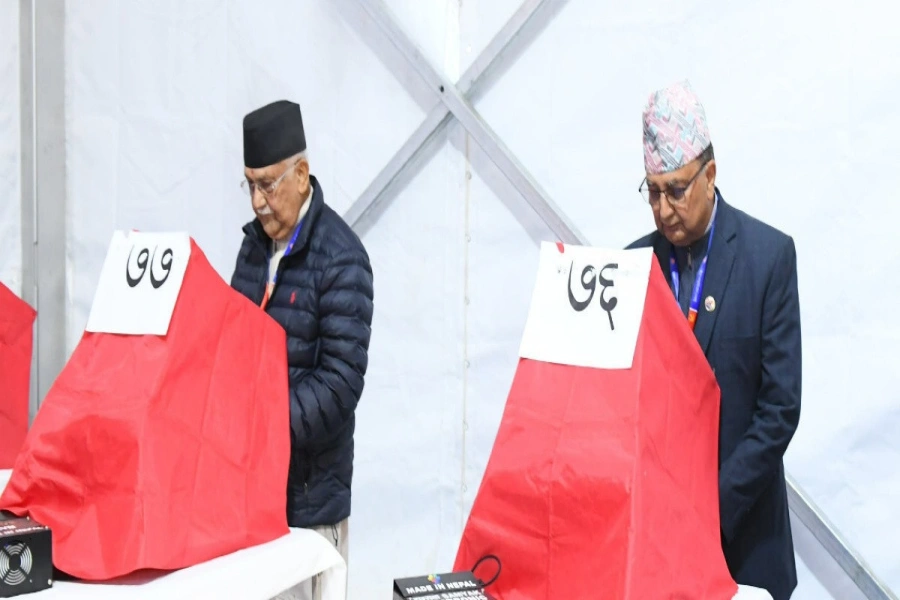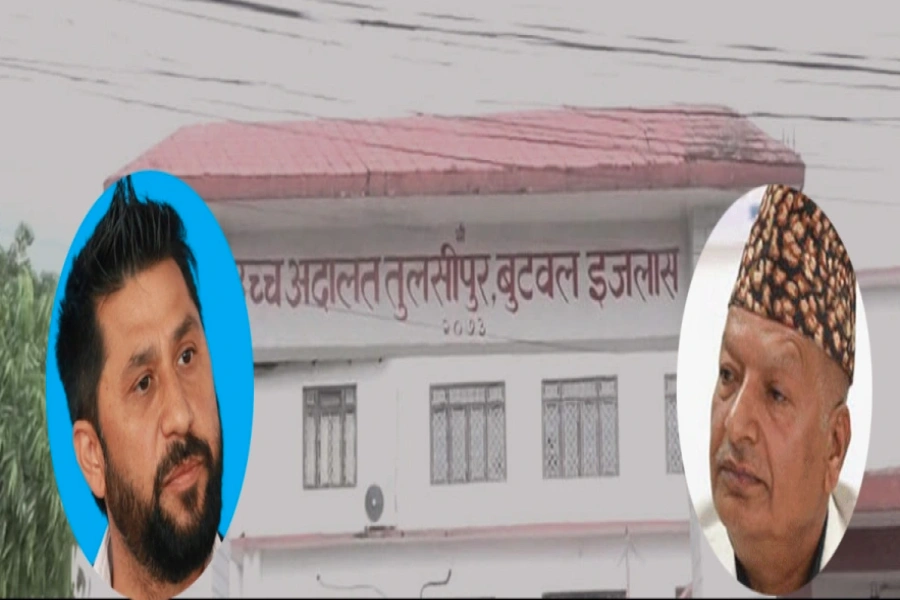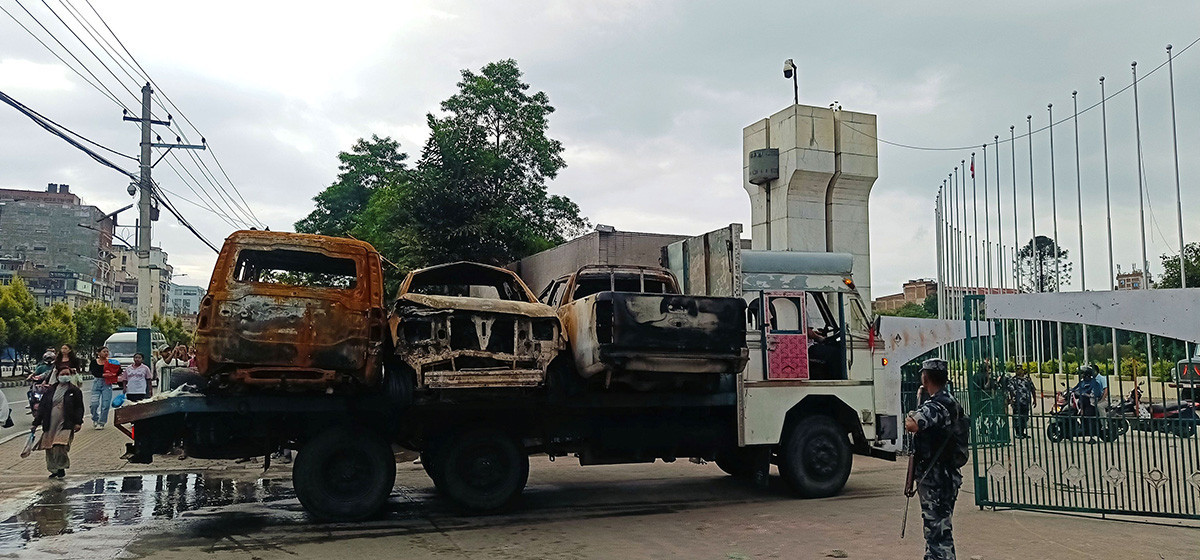KATHMANDU, March 19: Coronaviruses are a large family of viruses which may cause illness in animals or humans. In humans, several coronaviruses are known to cause respiratory infections ranging from the common cold to more severe diseases such as Middle East Respiratory Syndrome (MERS) and Severe Acute Respiratory Syndrome (SARS). The most recently discovered coronavirus causes coronavirus disease COVID-19.
COVID-19 is an infectious disease caused by the most recently discovered coronavirus. This new virus and disease were unknown before the outbreak began in Wuhan, China, in December 2019.
The most common symptoms of COVID-19 are fever, tiredness, and dry cough. Some patients may have aches and pains, nasal congestion, runny nose, sore throat or diarrhoea. These symptoms are usually mild and begin gradually. Some people become infected but don’t develop any symptoms and don't feel unwell.
Most people (about 80%) recover from the disease without needing special treatment. Around 1 out of every 6 people who get COVID-19 becomes seriously ill and develops difficulty breathing. Older people, and those with underlying medical problems like high blood pressure, heart problems or diabetes, are more likely to develop serious illness. People with fever, cough and difficulty breathing should seek medical attention.
Wearing a mask is one of the safety precautions against this pandemic. Here are some basic information relating to using mask:
‘Where’s your mask?' campaign started again

When to use a mask?
1. If you suspect of being infected by the virus.
2. If you are near corona patients or taking care of them
3. If you are health professionals involved in treating corona patients
Precautions while using a mask
- Wear off the mask from the below
- Replace the mask every six hours or after it gets wet
- Cover your nose, mouth and chin making sure it fits on your face
- Use disposable mask only for once, dispose of it properly. If you are using re-usable mask, disinfect it after every use
- Don’t touch mask repeatedly or don’t remove mask by touching the outer surface
- Don’t hang the mask on your neck
- After removing the mask, clean your hands with soap and water or hand sanitizer
More tips on how to put on, use, take off and dispose of a mask
- Remember, a mask should only be used by health workers, caretakers, and individuals with respiratory symptoms, such as fever and cough.
- Before touching the mask, clean hands with an alcohol-based hand rub or soap and water
- Take the mask and inspect it for tears or holes.
- Orient which side is the top side (where the metal strip is).
- Ensure the proper side of the mask faces outwards (the coloured side).
- Place the mask to your face. Pinch the metal strip or stiff edge of the mask so it moulds to the shape of your nose.
- Pull down the mask’s bottom so it covers your mouth and your chin.
- After use, take off the mask; remove the elastic loops from behind the ears while keeping the mask away from your face and clothes, to avoid touching potentially contaminated surfaces of the mask.
- Discard the mask in a closed bin immediately after use.
- Perform hand hygiene after touching or discarding the mask – Use alcohol-based hand rub or, if visibly soiled, wash your hands with soap and water.
With inputs from the World Health Organization (WHO)




































